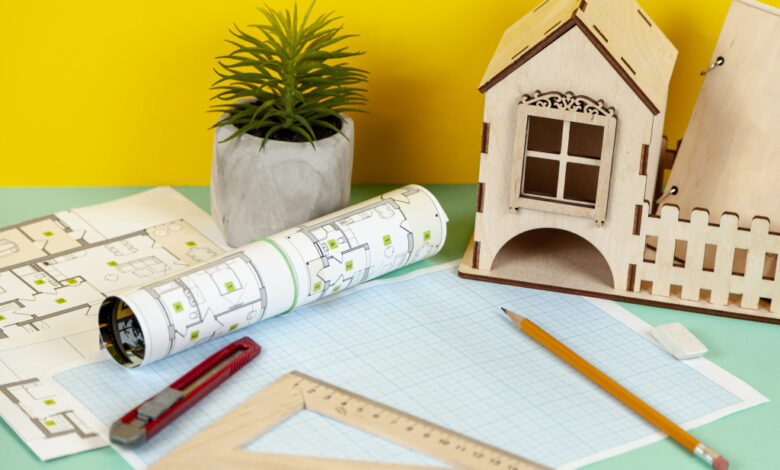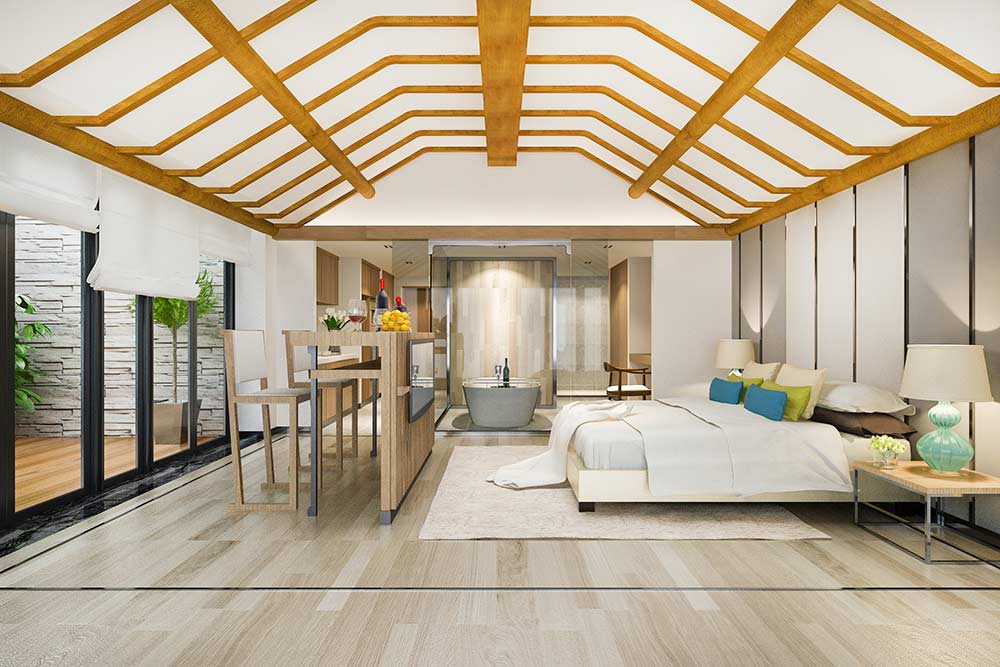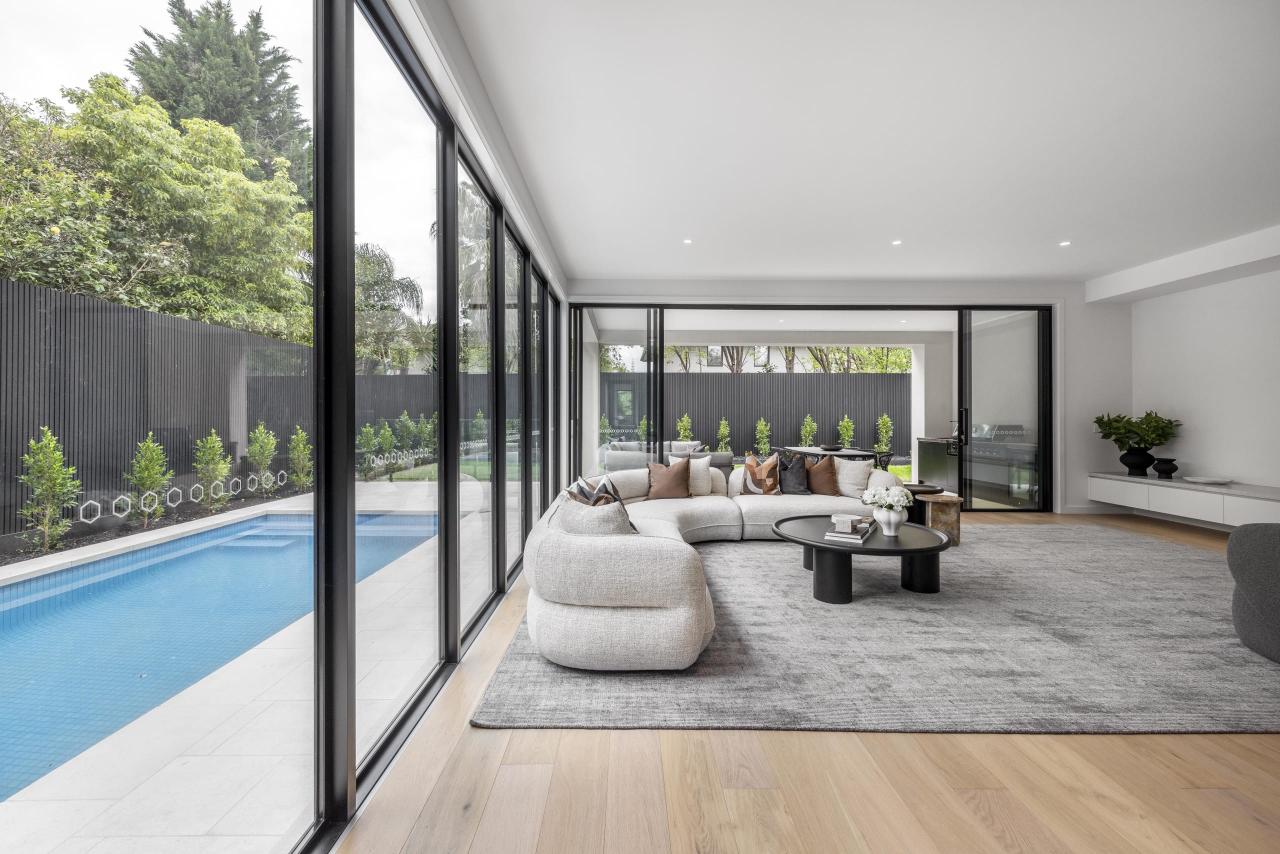Future-Proof Home Designs Blend Efficiency and Resilience

The concept of a home is undergoing a profound transformation. In an age of rapid technological change, climate uncertainty, and evolving lifestyles, the traditional blueprint of a house is no longer sufficient. A new era of future-proof home designs is emerging, where a house is not just a static structure but a dynamic, intelligent, and resilient ecosystem that can adapt to the needs of its occupants and the challenges of tomorrow. This isn’t just about smart technology; it’s a holistic approach that integrates sustainable materials, energy efficiency, climate resilience, and a new understanding of human well-being into the very fabric of a home. This article will take a deep dive into the core concepts of future-proof home design, exploring the pivotal role of advanced materials, the integration of smart home technology, the focus on a home as a hub for wellness, and the immense opportunities that lie ahead for a more sustainable, adaptable, and livable future.
The Resilient Home

A future-proof home is, by definition, a resilient one. It is a home that is designed to withstand the challenges of tomorrow, from extreme weather events and natural disasters to a rapidly changing climate. This requires a new approach to architecture and building materials.
A. The Power of Advanced Materials
The new era of future-proof home design is powered by a new generation of advanced materials that are more durable, more sustainable, and more energy-efficient than the traditional ones.
- Sustainable and Recycled Materials: The use of sustainable and recycled materials is a key component of a future-proof home. This includes everything from recycled steel and plastic to reclaimed wood and bamboo. These materials not only reduce a home’s carbon footprint but also provide a new level of aesthetic appeal and a connection to nature.
- Resilient Building Materials: The new building materials are designed for a new era of climate resilience. This includes materials like high-performance concrete, which is more resistant to fire and wind, and new, more durable siding materials that are more resistant to mold, mildew, and rot.
- Modular and Prefabricated Components: The use of modular and prefabricated components is a new and powerful trend in future-proof home design. A home can be built in a factory with a high degree of precision and then assembled on-site in a matter of days. This reduces waste, cuts down on construction time, and makes a home more resilient and more energy-efficient.
B. Energy Efficiency
A future-proof home is a net-zero home, a home that produces as much energy as it consumes. This is a crucial step toward a more sustainable and environmentally conscious future.
- Solar Power and Battery Storage: The use of solar panels and a home battery storage system is a key component of a net-zero home. The solar panels can generate a continuous stream of clean energy, and the battery storage system can store the excess energy for use at night or on a cloudy day.
- Smart Grids and Energy Management: A future-proof home is a smart home, and a smart home is a part of a larger smart grid. The home’s energy management system can communicate with the grid, using the excess energy from the solar panels to power the home or to sell the energy back to the grid. This can reduce the home’s energy bill and its carbon footprint.
- Geothermal and Passive Design: The use of geothermal heating and cooling systems and a passive design, which takes advantage of a home’s natural light and temperature, is a new and powerful trend in future-proof home design. This can reduce a home’s energy consumption by a significant margin.
The Intelligent Home
A future-proof home is an intelligent home, a home that is equipped with a new generation of smart technology that can adapt to the needs of its occupants and the challenges of tomorrow.
A. The Power of Automation and AI
The new generation of smart home technology is powered by artificial intelligence. AI can automate a wide range of tasks, from adjusting the thermostat to turning off the lights, and it can learn a homeowner’s habits and preferences to create a more personalized and comfortable living experience.
- Centralized Control: A smart home can be controlled from a single device or a smartphone app. This allows a homeowner to control everything from the lighting and temperature to the security system and the entertainment system from anywhere in the world.
- Voice and Gesture Control: The new smart home systems are designed for a new kind of human-computer interaction, with a focus on voice and gesture control. A homeowner can simply tell a smart home assistant to turn on the lights or to adjust the temperature, or they can use a simple gesture to open a blind or to turn on a TV.
- Personalized and Adaptive Environments: An AI-powered smart home can learn a homeowner’s habits and preferences and then adapt the home’s environment to them. The smart home can, for example, learn a homeowner’s favorite temperature and automatically adjust the thermostat to that temperature when they are home.
B. A Home as a Hub for Wellness
The new era of future-proof home design is also a new era of wellness. A home is not just a place to live; it’s a hub for health, fitness, and a balanced lifestyle.
- Air and Water Quality Monitoring: A smart home can monitor the quality of the air and water, and it can alert a homeowner to any potential health risks. This is a crucial component of a home as a hub for wellness, as it ensures that the home’s environment is healthy and safe.
- Integrated Fitness and Health Technology: A future-proof home can be a hub for a person’s health and fitness. A smart home can, for example, be equipped with a smart mirror that can provide a personalized workout, or a smart bed that can monitor a person’s sleep and provide a detailed analysis of their rest.
- Biophilic Design: The use of biophilic design, which integrates nature into a home’s design, is a new and powerful trend in future-proof home design. The use of natural light, natural materials, and indoor plants can have a significant positive impact on a person’s mental and physical health.
Challenges and Opportunities

While the future of future-proof home design is bright, there are significant challenges that must be addressed to ensure that this revolution is inclusive and sustainable.
A. The Cost of Implementation
The cost of a future-proof home, particularly a net-zero home with all the latest smart technology, can be prohibitive. The components that power these homes are expensive, creating a new digital divide between those who can afford a high-end home and those who cannot. The use of modular and prefabricated components is a major step toward addressing this, but more work is needed to make a future-proof home accessible to everyone.
B. Data Privacy and Security
The vast amount of sensitive personal and medical data collected by a smart home raises serious concerns about privacy and security. Who owns this data? How is it stored and secured? A data breach could have devastating consequences, and new regulations will be needed to protect a homeowner’s privacy.
C. The Evolving Legal and Regulatory Framework
The new era of future-proof home design is advancing faster than the laws that govern it. New regulations are urgently needed to address a wide range of issues, from the legal status of a smart home to the rights of a homeowner whose home is connected to a smart grid. The lack of a clear regulatory environment is a major barrier to adoption for many homeowners and developers.
Conclusion
The future of home design is not about a bigger home or a more expensive one; it’s about a smarter, more sustainable, and more resilient one. Future-proof home design is a powerful and transformative force that is fundamentally reshaping our relationship with our homes and with the environment. The use of advanced materials, a new focus on energy efficiency, and the integration of a new generation of smart technology are all a part of this new era. The new era of future-proof home design is a clear signal that the future of home design is a new kind of living, a living that is as adaptable and as resilient as it is intelligent and sustainable.
However, as we embrace this new era, we must also confront the significant challenges that lie ahead. The high cost of a future-proof home, the need for a new legal and regulatory framework, and the challenges of data privacy and security are all hurdles that must be addressed proactively. The future of home design is a journey that will be defined not just by its technological prowess but by its ability to create a world that is more connected, more human-centric, and more conducive to a person’s overall well-being. The future-proof home is here, and it promises to build a future where our homes are as healthy and as happy as we are.

